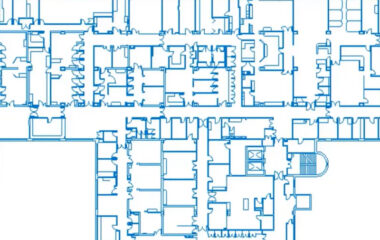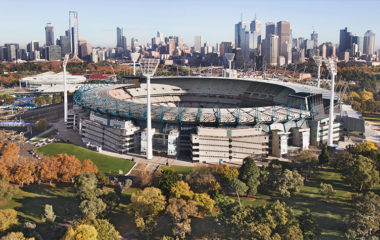Penny Brinsley, Accounts Director at Service Works Global, spoke to The Carer about how technology can support care home estate teams to manage their building more efficiently while reducing costs at the same time.
How Technology can Support Building Management
Recent research from Savills has highlighted the challenges facing the care sector. There are 3.4 million people in the UK over 80 years old, and this will increase by 32 per cent in the next decade.
There will inevitably be growing demand for spaces in care homes. Staff will need to dedicate their time to providing comfortable, safe environments for residents and visitors. The way an estate is managed will have a big part to play, so ensuring this can be done in a more efficient way will be crucial as demand for beds increases.
Poorly maintained estates can cause big problems – what if the heating system suddenly fails during the winter months? There is also a financial concern, as non-compliance can lead to large fines.
How Technology can Drive Efficiency
The technology is there now to support building managers. In many cases, it’s a case of determining what tech you need and how it will integrate with other systems. Computer-Aided Facilities Management (CAFM) systems offer a variety of functionalities and can be adapted depending on the needs of different estates. Some of the key features include:
- Reactive and planned maintenance scheduling: Maintenance tasks can be scheduled and tracked with ease.
- Asset lifecycle management: CAFM systems track the lifecycle of assets so users can plan for replacements or upgrades. Systems can also include maintenance history and warranty documents so that engineers have all the information they need in one place. This also helps with compliance.
- Mobile apps: Operatives and contractors can access critical asset and building information on the move, from any location, improving the efficiency of operations.
- SLA and multi-contract management: CAFM systems help streamline multiple service contracts, ensuring that service providers are aligned with appropriate deliverables and reducing costs.
- Visitor check-in services: Systems can record visitor data and improve the security of care homes.
- Self-service for residents and contractors: Issues can be reported and addressed at the touch of a button, with all communications recorded in the system.
AI for Predictive Maintenance
Some CAFM systems are now using Al and machine learning to power predictive maintenance. For example, Al-enabled software can predict and prevent breakdowns by analysing historical data on past asset failures, services, and maintenance. Operatives only need to spend time and resources on an asset when necessary, instead of on a set schedule. Estate teams can use their time more productively and budgets are more accurate.
Al and sensors can integrate with other building systems, such as HVAC and lighting, to optimise their operation. Smart systems only need to run when required, which can make a big reduction in energy consumption.
This proactive approach reduces asset downtime, lowers maintenance costs, and ensures the uninterrupted functioning of critical systems in care homes.
Starting the Journey
With a strategic approach, CAFM systems and Al can be a valuable tool for building managers. To get buy in, make sure its use aligns with the overall operational goals of an organisation and have a plan for the ongoing use and development of systems.
As already mentioned, it’s critical that any new tech integrates and complements existing systems. Users will also need to be trained to varying degrees. An estate manager will need full use of the system, while a carer might just need to know how to submit work requests.
Data security is a non-negotiable, so make sure any system has robust data security measures in place. Stay in regular conversation with your provider to stay on top of security, as well as any other system updates that need to be addressed.
The best time to start integrating tech into estate management is now, but don’t rush in until you are ready to make a strong case. Once underway, the benefits will speak for themselves through fewer asset failures, reduced costs and improved compliance – and most importantly, a safer care home.
 UK
UK






